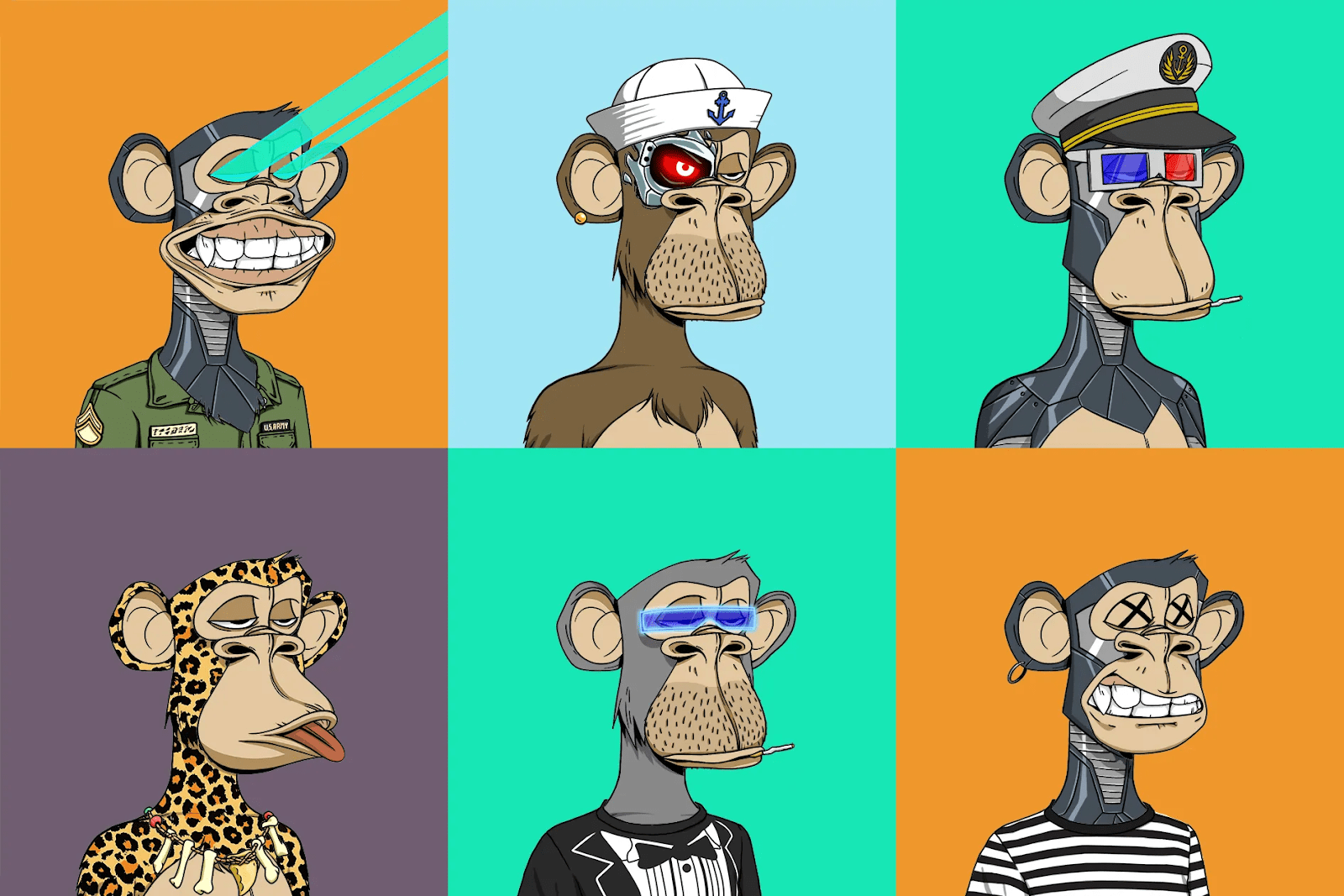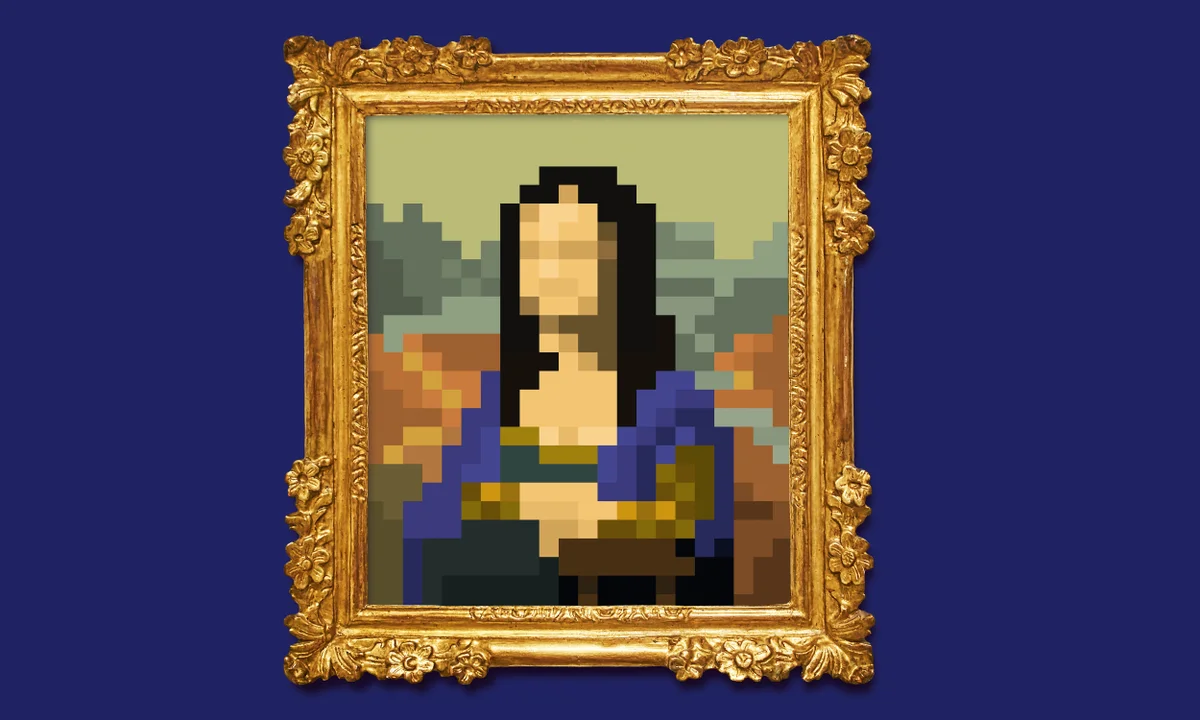Contents
ToggleThe NFT Art market (Non-Fungible Token) has experienced explosive growth over the past few years, revolutionizing the way art is created, bought, and sold. This digital marketplace has opened new doors for artists, collectors, and investors, offering a novel way to authenticate, distribute, and monetize digital art. As the NFT phenomenon continues to evolve, it has sparked significant debates about the future of art, ownership, and digital culture.
What is NFT Art Market?

NFTs, or Non-Fungible Tokens, are unique digital assets that represent ownership or proof of authenticity of a particular item or piece of content, which can include art, music, videos, and even tweets. Unlike cryptocurrencies like Bitcoin or Ethereum, which are fungible (meaning each unit is interchangeable), NFTs are unique and cannot be exchanged on a one-to-one basis. Each NFT is stored on a blockchain, a digital ledger that ensures its uniqueness and ownership history.
NFT art refers to artworks that have been tokenized as NFTs. These digital assets are usually sold on specialized marketplaces like OpenSea, Rarible, and SuperRare. The appeal of NFT art lies in its potential to offer proof of provenance and scarcity in the digital world, where copying and sharing files is otherwise effortless and ubiquitous.
The Rise of the NFT Art Market
The NFT art market began to gain significant attention around 2020, with a surge in popularity and sales in early 2021. The landmark moment for NFTs came in March 2021, when a digital artwork titled “Everydays: The First 5000 Days” by digital artist Beeple (Mike Winkelmann) was sold at a Christie’s auction for a staggering $69 million. This sale catapulted NFTs into the mainstream art world and caught the attention of collectors, investors, and artists globally.
Since then, the NFT market has seen a proliferation of digital artworks, with artists of all kinds—ranging from traditional painters to digital illustrators, animators, and musicians—creating and selling NFTs. The market has attracted a wide range of participants, from established artists looking to explore new mediums to digital-native creators whose work has always existed in the online space.
Benefits of NFTs for Artists and Creators
NFTs offer several advantages for artists and creators, transforming how they interact with their audience and monetize their work:
1. Direct Access to Global Markets
NFTs enable artists to bypass traditional galleries and auction houses, allowing them to reach a global audience directly. This democratization of art distribution means that artists can sell their work to collectors anywhere in the world without the need for intermediaries, retaining more of the profits.
2. Royalty Systems
One of the most significant innovations that NFTs bring to the art world is the ability for artists to earn royalties on secondary sales. Through smart contracts embedded within the NFTs, artists can automatically receive a percentage of sales every time their artwork is resold. This ensures that artists benefit from the increasing value of their work over time, unlike in the traditional art market, where they typically do not profit from secondary sales.
3. Proof of Ownership and Authenticity
NFTs provide a transparent and tamper-proof record of ownership and authenticity, which can be invaluable in an era where digital artworks can be easily copied and distributed. This blockchain-based provenance can help assure buyers of the originality and legitimacy of the artworks they are purchasing, fostering greater trust and confidence in digital transactions.
4. New Creative Opportunities
The digital nature of NFTs allows artists to explore new forms of creativity that are not possible in traditional mediums. For example, artists can create dynamic, interactive, or even programmable artworks that change over time or in response to external data. This opens up new possibilities for artistic expression and engagement with audiences.
The Role of Collectors and Investors
Collectors and investors have been drawn to the NFT art market for several reasons:
1. Speculative Investment Opportunities
The NFT art market offers new speculative opportunities, with some investors seeing digital art as a high-risk, high-reward asset class. The rapid appreciation of certain NFTs, driven by hype and demand, has attracted speculative buyers looking to capitalize on the trend. While some have made significant returns, the volatile nature of the market also presents risks, with prices subject to sharp fluctuations.
2. Digital Status Symbols
For some collectors, NFTs function as digital status symbols, akin to owning rare and valuable physical artworks. Displaying one’s NFT collection in digital galleries or virtual worlds has become a way to showcase wealth, taste, and technological savviness. This social dimension adds an extra layer of value to owning NFTs.
3. Support for Emerging Artists
Many collectors are motivated by a desire to support emerging artists, particularly those who may have been overlooked by the traditional art market. By purchasing NFTs directly from artists, collectors can play a crucial role in supporting and fostering new talent in the digital art space.
Challenges and Criticisms of the NFT Art Market
Despite its rapid growth and potential, the NFT art market is not without its challenges and criticisms:
1. Environmental Impact
One of the most significant criticisms of NFTs is their environmental impact. The majority of NFTs are minted on the Ethereum blockchain, which relies on a proof-of-work consensus mechanism. This process consumes a substantial amount of energy, contributing to carbon emissions. While efforts are underway to transition Ethereum to a more sustainable proof-of-stake mechanism, the current environmental footprint of NFTs remains a concern for many artists and collectors.
2. Market Volatility and Speculation
The NFT art market is highly volatile, with prices often driven by speculation rather than intrinsic value. This can create a bubble-like environment, where prices are inflated by hype and unsustainable growth. The market’s speculative nature raises concerns about its long-term viability and whether it can sustain its current level of interest and investment.
3. Intellectual Property and Copyright Issues
The rise of NFTs has also highlighted potential intellectual property and copyright issues. There have been instances where digital art or content has been tokenized and sold without the consent of the original creator, raising legal and ethical questions. Ensuring that NFTs respect intellectual property rights and do not facilitate the unauthorized distribution of content is a growing concern within the market.
4. Barriers to Entry
While NFTs offer new opportunities for artists, there are also barriers to entry. The process of minting NFTs can be costly, particularly due to high transaction fees on the Ethereum network. Additionally, the technical knowledge required to create, market, and sell NFTs can be a hurdle for artists unfamiliar with blockchain technology.
The Future of the NFT Art Market

The future of the NFT art market remains uncertain but filled with possibilities. As the technology and infrastructure around NFTs continue to evolve, the market may become more accessible, sustainable, and regulated. Several key trends are likely to shape the future of NFTs in the art world:
1. Adoption of More Sustainable Technologies
With growing awareness of the environmental impact of NFTs, there is a push towards adopting more sustainable blockchain technologies. Platforms that use proof-of-stake mechanisms or other energy-efficient alternatives are likely to gain traction, reducing the ecological footprint of NFTs.
2. Integration with the Metaverse
The concept of the metaverse—an interconnected virtual reality space—offers new opportunities for NFTs. Digital art can be displayed, bought, and sold within these virtual environments, potentially expanding the market for NFTs. As the metaverse continues to develop, NFTs are poised to play a central role in defining digital ownership and identity.
3. Greater Regulation and Standardization
As the NFT market matures, there will likely be greater calls for regulation and standardization to address issues like intellectual property rights, fraud, and market manipulation. Clearer guidelines and oversight could help build trust and stability in the market, making it more attractive to a broader range of participants.
4. Continued Innovation and Creativity
The NFT art market is still in its infancy, and artists are continually exploring new ways to utilize this technology for creative expression. From programmable art to multimedia experiences, the potential for innovation is vast. As artists push the boundaries of what is possible with NFTs, the market will likely continue to evolve in exciting and unpredictable ways mariatogel login.
Conclusion NFT Art
The NFT art market represents a dynamic and rapidly evolving frontier in the world of digital assets and creative expression. While it faces several challenges, including environmental concerns and market volatility, it also offers unprecedented opportunities for artists, collectors, and investors. As the market continues to develop, it will be crucial to navigate these challenges thoughtfully, ensuring that the benefits of NFTs can be realized sustainably and equitably. Whether as a new form of artistic innovation or a speculative asset class, NFTs are undoubtedly reshaping the landscape of contemporary art.


